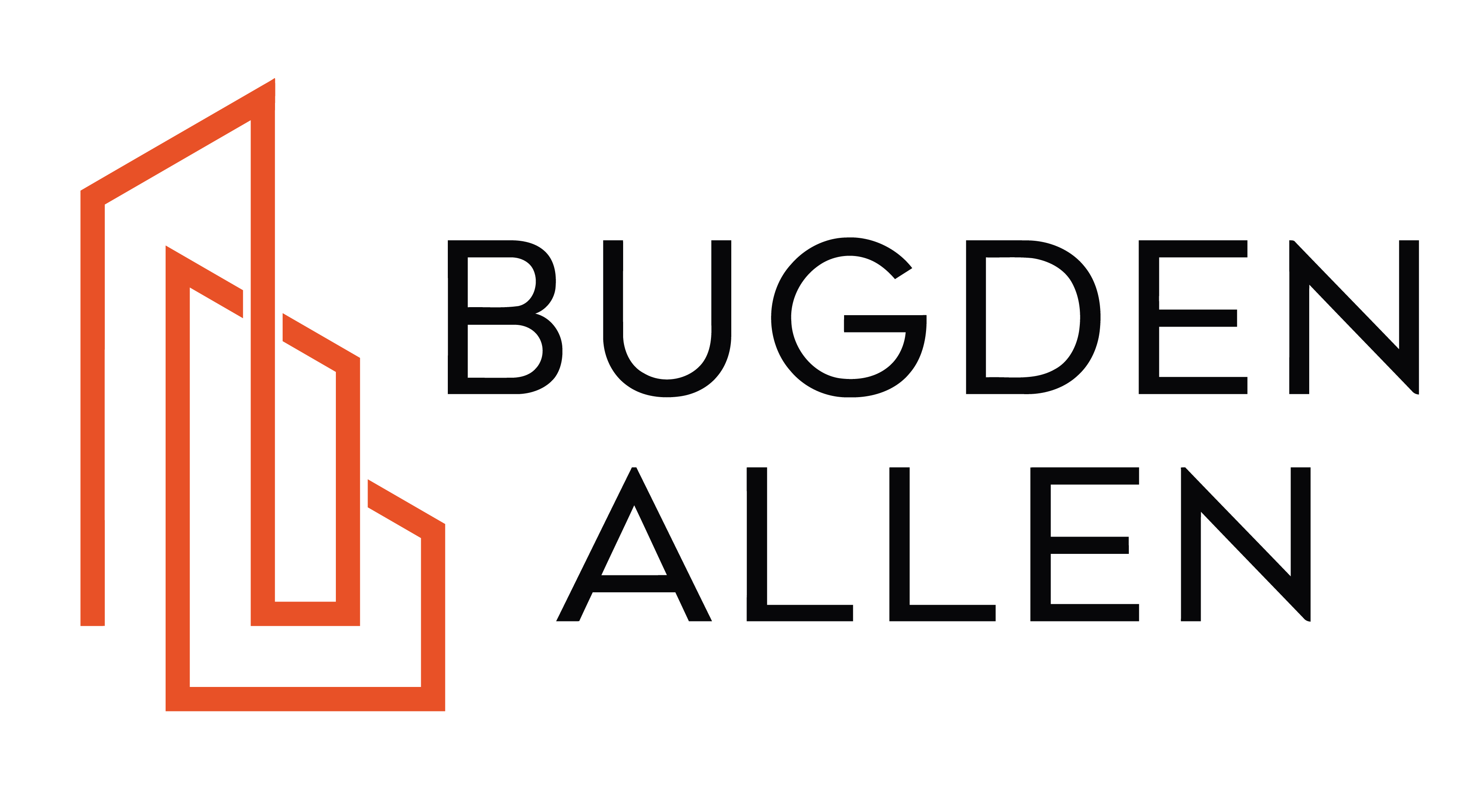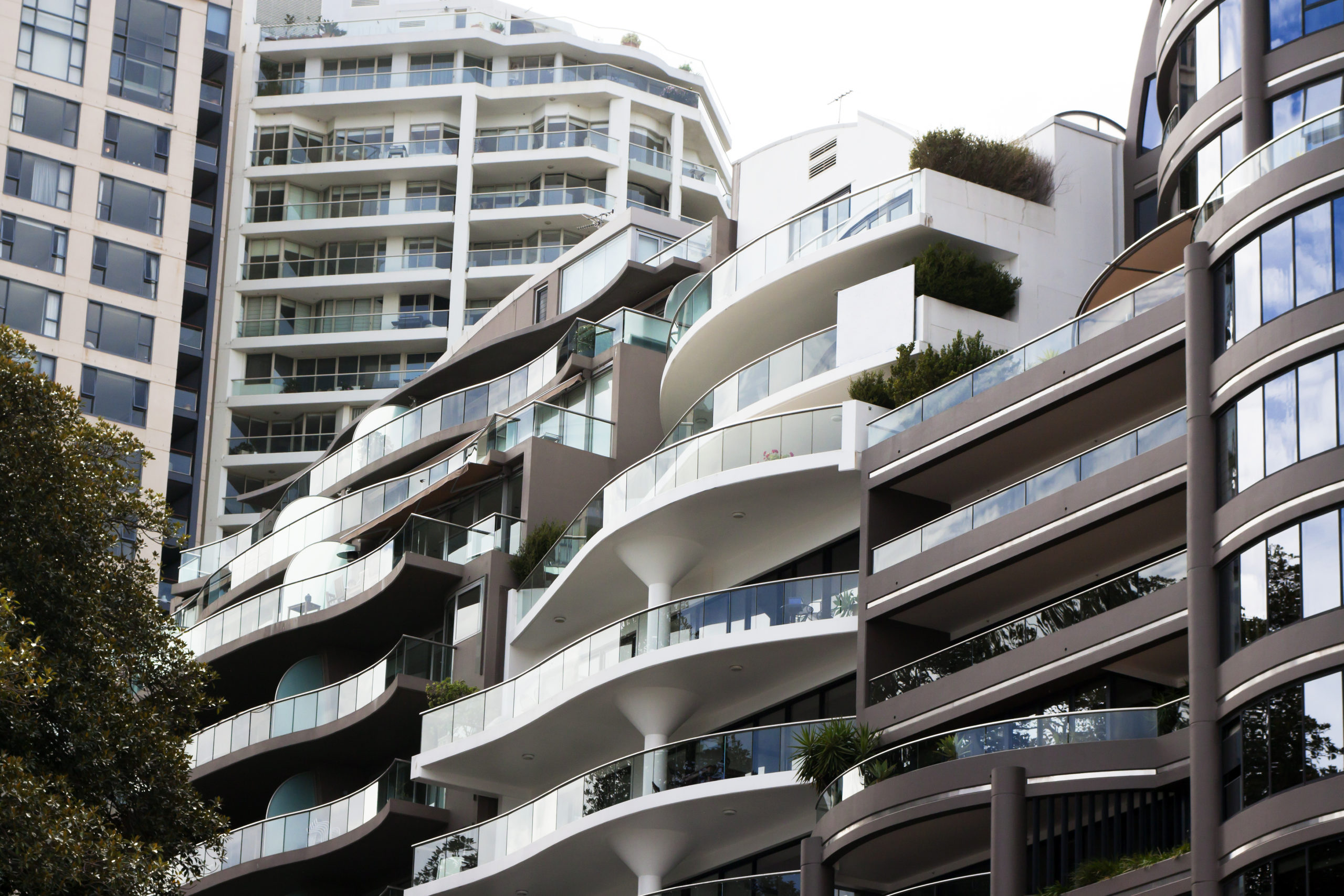Q&A: Calculating QBCC Home Warranty Insurance – Notional Pricing vs Total Project Cost
Question: When addressing balcony waterproofing issues in a six-unit complex, what is the difference in calculating the QBCC Home Warranty Insurance premium based on ‘Notional Pricing’ per unit versus the total project cost?
Our complex is a block of six units, two on each level. The waterproofing on the balcony slabs has been compromised, causing the paint on the ceilings beneath the balconies to blister. This has been inspected, and the cause appears to be cracked tiles and damaged balustrade-post footings.
The body corporate approved works up to a financial limit and received four quotes. For QBCC Home Warranty Insurance, what is the difference between ‘Notional Pricing’, where a premium is calculated for each unit (i.e. total cost divided by 6), compared where the premium is based on the total project cost? The total cost will exceed $40,000.
Answer: The notional pricing method is the default method of calculating the insurance premium for multiple dwellings and duplexes.
Before answering the question, we should make a few assumptions:
- the situation comprises a single building of three storeys;
- the builder has taken out QBCC Home Warranty Insurance cover;
- the body corporate is now looking to take out optional additional cover.
The first assumption is important because works to multi-unit dwellings of more than three storeys (or three storeys including a car park) are not eligible for assistance from the QBCC Home Warranty Scheme. It appears, a matter of arbitrary public policy, that works to multi-unit dwellings of more than three storeys are not considered ‘primary insurable work’ for lacking the character of being ‘residential’.
In our view, this position is no longer tenable in the current climate where we are experiencing increasing housing challenges, and future planning policies are touted to prioritise higher-density living.
The second assumption is made because it is the builder/contractor’s obligation to pay the insurance premium where Home Warranty Insurance is mandatory for the type of building work that is proposed to be carried out. Optional additional cover increases the maximum claim amount per unit from $200,000 to $300,000 (capped at $1.3 million for common property).
The third assumption is made because the body corporate can not take out optional additional cover unless the builder has paid the standard insurance premium.
To answer the question:
-
- The notional pricing method is the default method of calculating the insurance premium for multiple dwellings and duplexes (see s 34 of the Queensland Building and Construction Commission Regulation 2018 (Qld)).
-
- Under this method, the total premium payable is calculated by working out:
- the value of the insurable work per unit, i.e. the total value of the work / the number of units (Insurable Value);
- identifying the premium amount that applies for the Insurable Value by reference to the premium tables published by the QBCC (there are three different types); and
- then multiplying the premium amount by the number of units.
Note that the calculation is by reference to the number of ‘living units for which the work is to be carried out’ in the legislation. This means that where the relevant works affect common property, the calculation will be based on the total number of units within the affected building(s) and not the total number of units/lots in the scheme (because some community titles schemes may have more than one building).
To complicate matters further, the notional pricing method does not apply to renovation, alteration, extension, improvement or repair works that do not affect common property or only affect areas of common property subject to an exclusive use by-law (see s 38 of the Regulation). Seemingly, that would mean that some parts of the building for which the body corporate has a statutory obligation to maintain in a building format plan of subdivision (but which do not form part of the common property) may be excluded; for example, a waterproofing membrane within a balcony that forms part of a lot.
The point may be lost on the QBCC, and it may be that they have taken the position that anything the body corporate is responsible for maintaining ought to count as ‘common property’. However, we are not aware of the QBCC’s position on the point.
-
- For present purposes, let us assume the balconies are exclusive use areas of common property. The waterproofing membranes would form part of the common property and are unlikely to be the subject of an exclusive use by-law, in which case the notional pricing method applies. Where the body corporate looks to take out optional additional cover for works with an insurable value of $50,000 (i.e. the total value of the works under the contract including materials, labour, and GST), then by reference to the attached Premium Table, the calculation is 247.60 x 6 units = a total insurance premium of $1,485.60.
-
- In most cases, the premium will be calculated under the notional pricing method where common property is affected. However, there are some exceptions depending on the insurable value of the work and the type of work being carried out.
-
- Notional pricing does not apply if the only work being performed is:
- Work on the roof of a multiple dwelling or duplex where the Insurable Value is less than $5,000;
- Works to common property (other than footings) where the insurable value is less than $20,000;
- Work on common property, which is not in or on the multiple dwelling or duplex (i.e. the building);
- Constructing work on a related roofed building (e.g. a shed) or a swimming pool that is not in or on the multiple dwelling or duplex;
- Works on common property solely relating to painting, solid plastering, rendering, fire protection work, or physical termite management work; and
- Work that an individual lot owner (within a body corporate) has engaged a licensed contractor to carry out in their unit.
- The insurance premium where notional pricing does not apply is simply calculated by reference to the premium tables published by the QBCC.
- For example, where a body corporate has engaged a contractor to paint the exterior of the building in the scheme for a total insurable value of $250,000 (including GST), the total amount of the premium payable for optional additional cover is $378.50 (you do not need to divide the total insurable value by the number of units).
This article by Queensland Partner Michael Kleinschmidt and Anna Park first appeared in Strata News #748 newsletter from LookUpStrata Pty Ltd.
© Bugden Allen Group Legal Pty Ltd. This is general information only and not legal advice. You should not rely on this information without seeking legal advice tailored to your specific circumstances.




